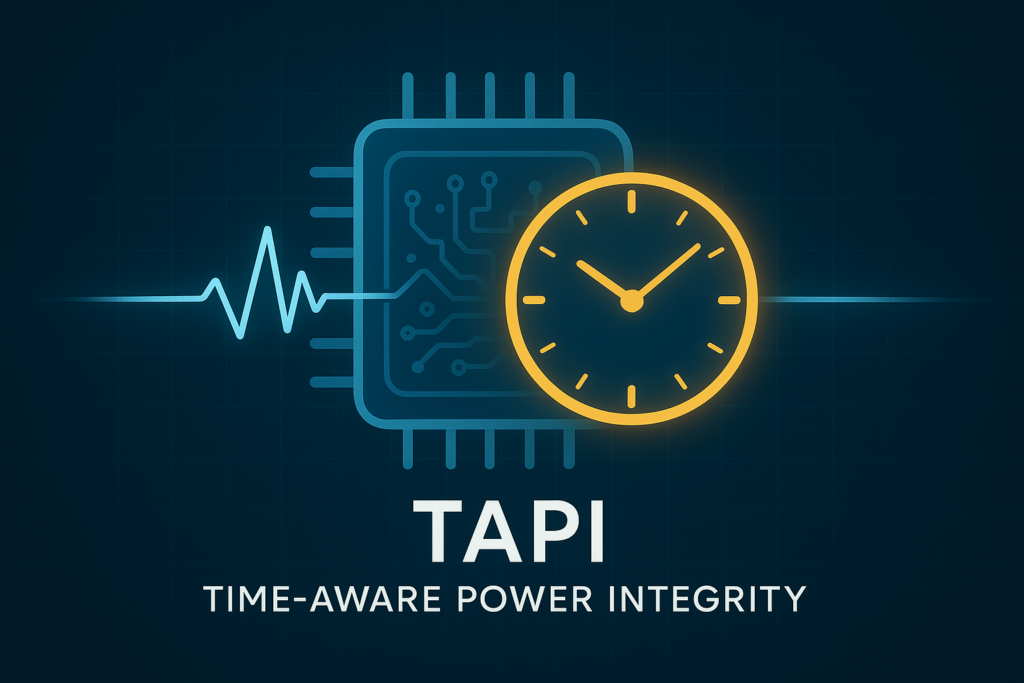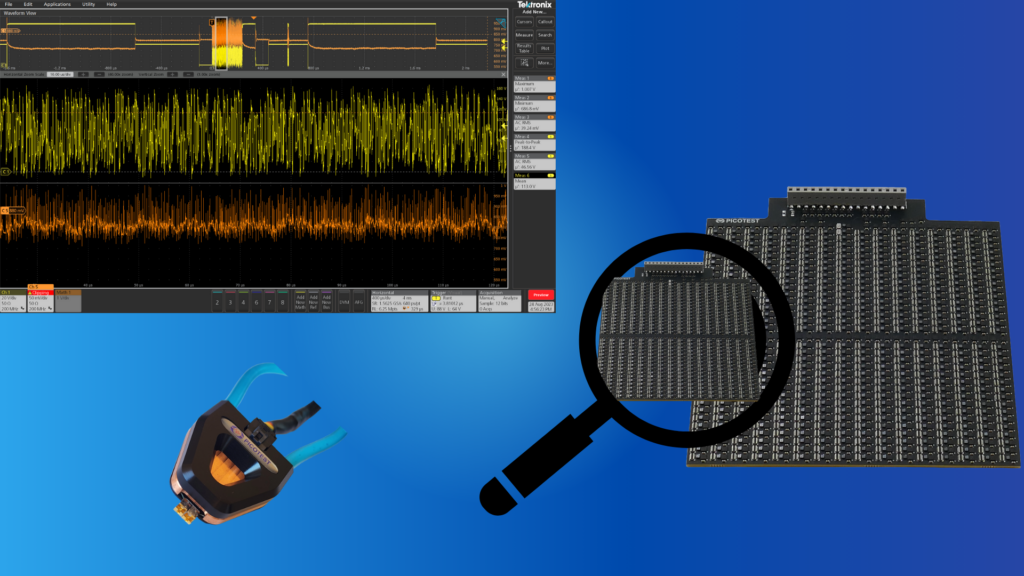Featured Insights
Picotest and ignal Edge Solutions address TAPI concerns.
You may not have heard of TAPI, but you will. By necessity, testing extreme dynamic transient conditions is becoming more and more common for…
The Challenge of Measuring a 40 µohm, 2000 Amp PDN With a 2-Port Probe: How Much CMRR is Needed?
Benjamin Dannan, Signal Edge Solutions and Steve Sandler, Picotest Published in Signal Integrity Journal A two-part series of posts, firstly determining how much CMRR is needed…
Picotest Releases Line of High-Speed Transient Load Steppers for VRM and PDN Validation
In a major technological leap, Picotest, maker of custom test equipment for power integrity and power systems testing, has released a series of very…
-
Automate VRM Testing with Python & SCPI: A Guide for Lab Measurements
Automating VRM Testing Just Got Smarter Manually measuring voltage regulator modules (VRMs) in the lab? That’s yesterday’s workflow. Signal Edge Solutions breaks down how…
-
Calibration, Embedding & De-Embedding – Achieving Highly Accurate Impedance Results
OMICRON Lab hosted their 14th Power Analysis & Design Symposium – April 9th, 2025 Watch Steve Sandler discussing how to achieve Highly Accurate Impedance…
-
Simple trick to measure plane impedance with a VNA
The question of time vs. frequency, as the most useful measurement domain, has long been a controversial topic. In some cases, it leads to…
-
Techniques for accurate PSRR measurements
By John Rice, System Engineer, Texas Instruments and Steve Sandler, Managing Director, Picotest IntroductionIn theory, measuring the power-supply-rejection ratio (PSRR) is relatively simple. A…
-
PDN Basics For Power Designers: Impedance Matching Is Critical. (Part three of the video series.)
by Steve Sandler, Picotest, Phoenix, Ariz. PDN Basics For Power Designers: Impedance Matching Is Critical. (Part three of the video series.) In modern electronic…
-
PDN Basics For Power Designers: Keep Impedance Flat. (Part two of the video series.)
by Steve Sandler, Picotest, Phoenix, Ariz. In modern electronic systems, the performance of FPGAs, CPUs, and other high-speed logic devices depends on the power…
-
PDN Basics For Power Designers: What is PDN? (Part one of the video series.)
by Steve Sandler, Picotest, Phoenix, Ariz. In modern electronic systems, the performance of FPGAs, CPUs, and other high-speed logic devices depends on the power…
-
Match impedances when making measurements
Oscilloscope probes are handy tools for making measurements, but they have limitations. For example, they have rather limited bandwidth and that ground clip can…
-
Three Stability Assessment Methods Every Engineer Should Know About
Many engineers are familiar with the Bode plot as an effective stability assessment method. However, some authors suggest and even teach that the Bode…
-
Improve Performance And Reduce Cost
By carefully matching the VRM, PCB planes, and load circuits to each other and to the required impedance magnitude, a flat PDN impedance can…
-
SPICE models need correlation to measurements
Many SPICE models are available online that were created by IC and semiconductor manufacturers. Unfortunately, availability doesn’t necessarily equal usability. The majority of these…
-
Software Enables Accurate Stability Test, Improves Non-Invasive Phase Margin Measurement Accuracy
Many articles and application notes have come out in recent years discussing the assessment of stability without access to the control loop, since the…
-
PCB characteristics affect PDN performance
The basic design rules for power distribution networks (PDN) teach us that the best performance is obtained from a uniform, frequency independent (or flat)…
-
Measure PDN on a budget
As the use of microcontrollers, CPUs and FPGAs continues to grow, more engineers are facing challenges with their power distribution network (PDN) design. Many…



